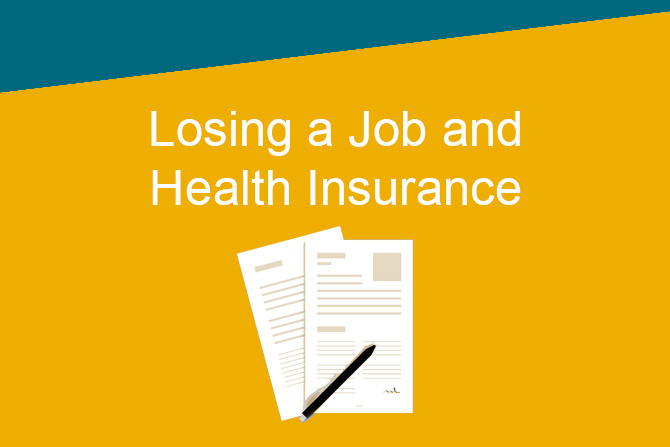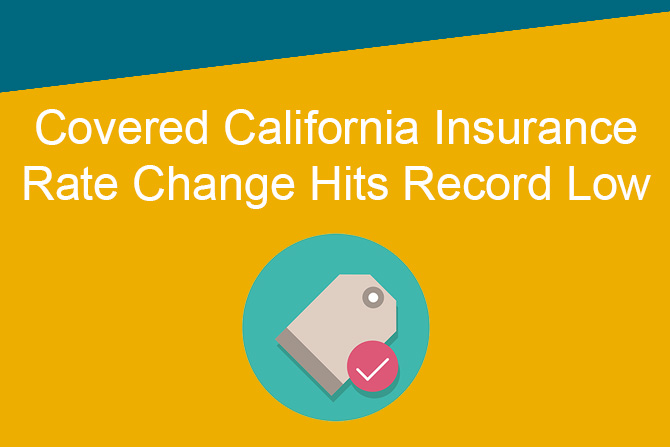Understanding California's Health Insurance Non-Coverage Penalty
December 09, 2020

For millions of people across the country, the COVID-19 pandemic has presented dire challenges not seen by many in their lifetimes. One of the most critical issues is the loss of health insurance coverage when they have been let go by their employer.
In some cases, that loss is compounded by penalties for going without health insurance coverage, depending on the state in which they live. California is one of those states. So it’s important for California residents to understand the implications of this policy.
If you’re in that situation, you are certainly not alone. A report by the Urban Institute and the Robert Wood Johnson Foundation indicated that more than 3 million Californians could lose job-based coverage during the recession driven by COVID-19. Of that number, after factoring out people who will opt for Medi-Cal or get enrolled through Covered California or private insurance, some 649,000 Californians may remain uninsured.
Why Was the New Penalty Enacted?
The California Individual Shared Responsibility Penalty was reportedly put in place in lieu of the federal penalty that was eliminated in 2019. The goal of this individual tax mandate is to continue generating revenue for providing assistance with insurance premiums for lower and middle-class folks. It’s projected that this fine may generate an additional $15 million based on the number of people expected to become uninsured due to the pandemic.
Under the new state subsidy program, it’s also expected that help will be available to some 235,000 Californians who did not quality for federal insurance previously. In addition, the individual mandate in California is estimated to have resulted in a 3.2% drop in Covered California insurance premiums this year.
In other good news, under the new state subsidy program, eligibility for premium tax credits has been expanded from those making less than 400% of the federal poverty line to include those making between 400% and 600%. Please note that it’s important to track your income level throughout the year to avoid having to pay back an unqualified amount of subsidy at the end of the year due to an increase in earnings.
How Does It Work?
This fine will be applied by the California Franchise Tax Board in 2021 when people prepare their state tax filings and will be based on their insurance status in 2020. That status includes individual coverage as well as a requirement that coverage include spouse/partner and dependents for a family.
Overall, the penalty is applied based on income level and the length of time without insurance.
The fine for the year 2020 will be at least $750 per adult and $375 per dependent child under 18 in the household or 2.5% of household annual income, whichever is greater.
However, there are several factors that can help people without insurance avoid the fines. These factors include:
- Fewer than three months without coverage in 2020
- American Indians and Alaskan Natives
- Undocumented or incarcerated people
- People making less than $14,500 annually
In addition, the Covered California program considers exemptions based on economic hardship and religious opposition to health insurance.
Where Can I Get Assistance?
To help people obtain and maintain coverage, Covered California has boosted its efforts during the pandemic by expanding the open enrollment period earlier this year and by making sure people know that a “major life change” can allow them to enroll outside that period.
For 2021 coverage, we are currently in an open enrollment period now that ends on January 31, 2021.
You can click here for more information on various aspects of the California insurance coverage requirement, including additional situations under which you may be exempt from the penalty as well as ways to obtain financial assistance.
KeenanDirect can help you find and compare health insurance plans in your area - get started here.









